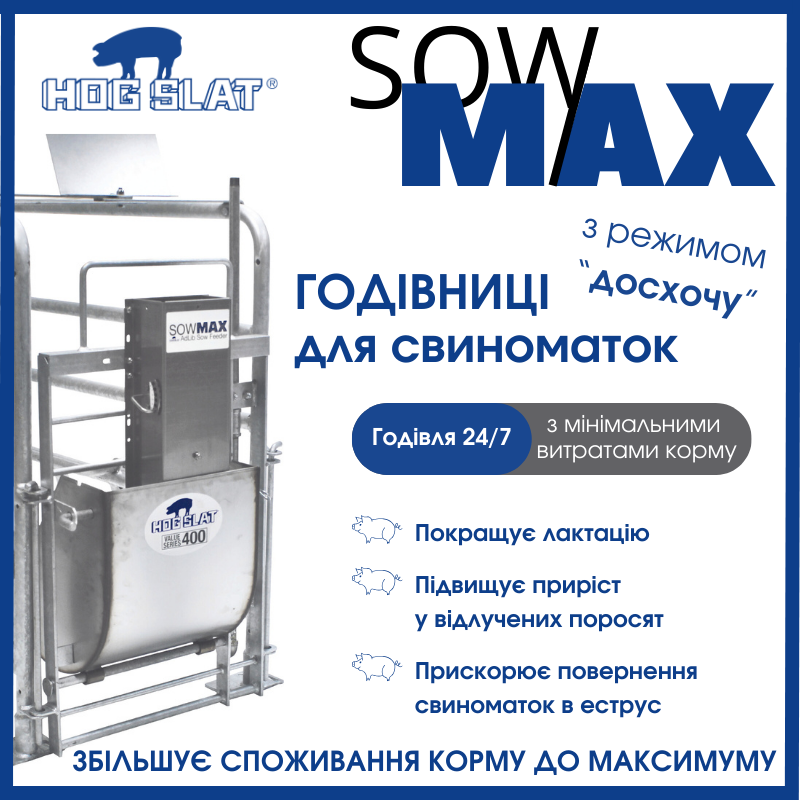According to the thirteenth annual report on the European Surveillance of Veterinary Antimicrobial Consumption (ESVAC), European countries have substantially reduced sales of veterinary antibiotics, which translates into a lower risk of bacteria becoming resistant in people and animals. Overall sales of veterinary antibiotics decreased by 53% between 2011 and 2022, reaching the lowest level ever reported, according to data from 25 countries
During the same period, sales of antibiotic classes that are considered critically important in human medicine for veterinary use noticeably decreased: sales of third- and fourth- generation cephalosporins dropped by 49%, polymyxins by 81%, fluoroquinolones by 25% and sales of other quinolones dropped by 90%.
The last ESVAC report also includes information on the progress made towards the targets set in the European Commission’s Farm to Fork Strategy to reduce the sale of antimicrobials for farmed animals and aquaculture in the EU. In 2022, the 27 EU Member States have achieved just over half of the 50% reduction target set for 2030 compared to 2018, proving that countries are on the right track of meeting the goals of the strategy.
PigUA.info by materials pig333.com



